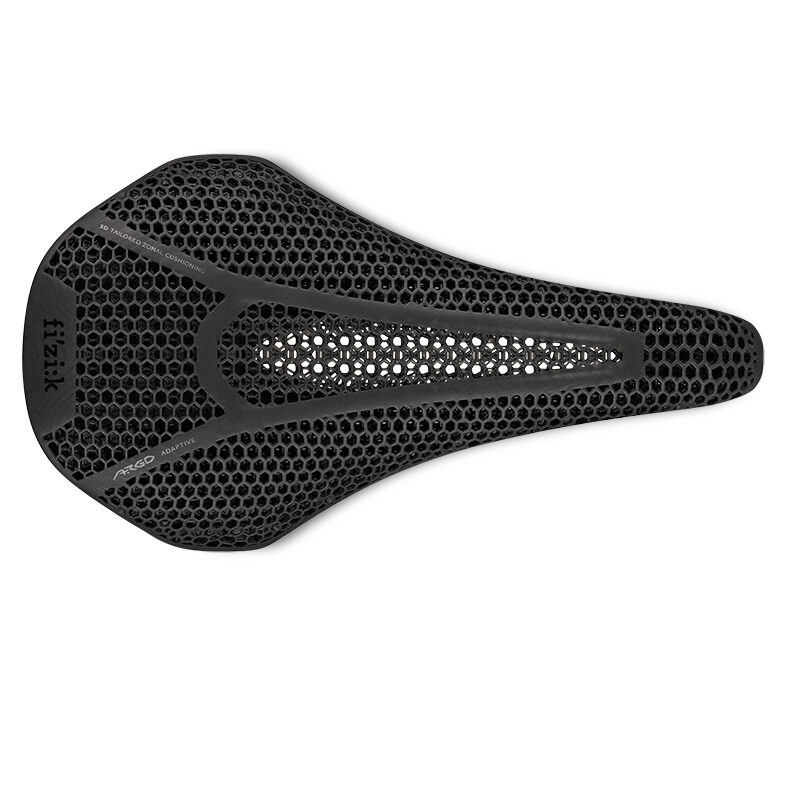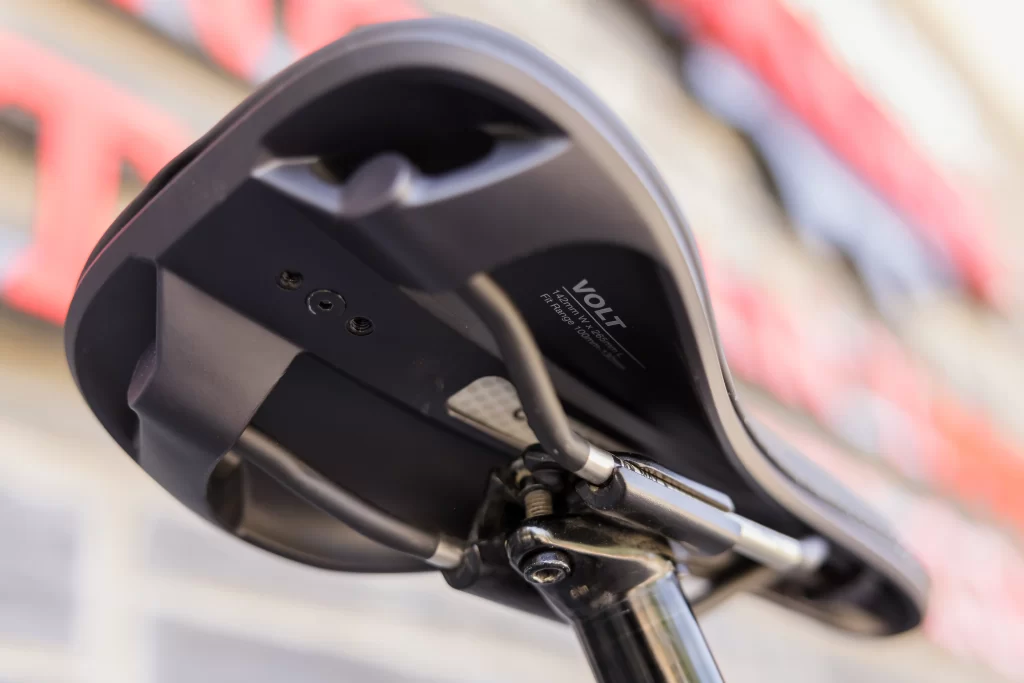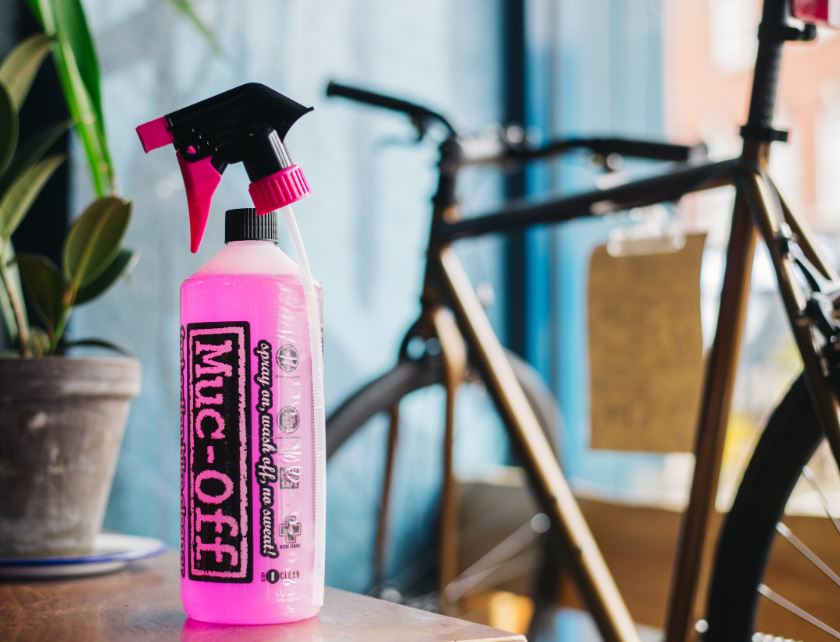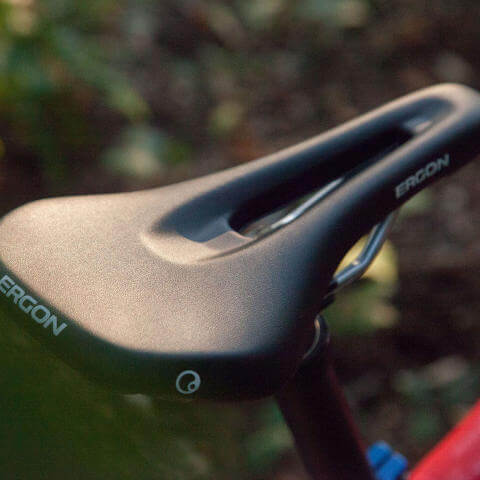Maintenance and Care of Mountain Bike Saddles

Key Point Summary of Maintenance and Care of Mountain Bike Saddles:
- Regular Inspection: Check your saddle before and after rides for any signs of wear or damage.
- Cleaning: A simple, regular cleaning routine can extend the life of your saddle.
- Storage: Properly storing your bike can protect the saddle from environmental damage.
- Adjustment and Fit: Ensure your saddle is properly adjusted to avoid unnecessary wear.
- Replacement: Know when it’s time to replace your saddle for both comfort and safety.
In the countless hours I’ve spent with my faithful two-wheeled companions—be it tearing down mountain trails, grinding over gravel, or battling through the mud of a cyclocross circuit—the importance of a reliable saddle has never been lost on me. A good saddle is more than just a perch; it’s the command center for your mountain biking adventures. As such, its maintenance and care are paramount not just for the longevity of the saddle itself but for your comfort and performance as well.
The Heart of the Matter: Regular Inspection
Every ride is a story, and each story leaves its mark—not least on your saddle. I’ve learned to give my saddle a quick once-over before and after rides. Look for cuts, abrasions, or any signs of the material compressing or breaking down. This routine isn’t just about aesthetics; it’s about catching small issues before they escalate into major problems.

A Clean Slate: The Importance of Cleaning
I recall a particularly muddy ride in the early spring when my bike and I came back looking like sculptures from the earth itself. Cleaning my gear afterwards, I realized the saddle had borne the brunt of the trail’s conditions. Regular cleaning, I discovered, isn’t just about pride in your bike’s appearance. Using mild soap and water to gently clean the saddle after such outings can prevent the build-up of grime that can degrade its materials over time.
The Safe Haven: Proper Storage
Living in a small apartment early in my cycling journey taught me the value of proper bike storage. UV light, moisture, and extreme temperatures can be detrimental to your saddle’s health. Storing your bike indoors or under adequate cover can shield the saddle from these elements, extending its life and preserving its comfort.
The Fine Tuning: Adjustment and Fit
An incorrectly adjusted saddle is not just a comfort issue; it’s a wear-and-tear issue. A saddle that’s too high, too low, or tilted improperly can lead to uneven pressure and accelerated degradation. Fine-tuning your saddle’s position not only enhances your ride but also distributes wear more evenly, ensuring a longer lifespan for the saddle.

The Final Call: Knowing When to Replace
No matter how well you maintain it, a saddle is not immortal. There comes a time when replacement is the only option, be it due to structural damage, material breakdown, or a change in your riding needs. Recognizing this point is crucial. A new saddle can mean a resurgence in comfort, performance, and, importantly, the joy of riding.
Throughout my cycling career, these pillars of saddle care have been my guideposts. They’ve helped me keep my saddles in prime condition, ensuring countless miles of comfortable and performance-oriented riding. The essence of this maintenance ritual lies not just in prolonging the life of the saddle but in honoring the silent pact between rider and bike—a pact of care, respect, and mutual support.
In conclusion, the journey of a cyclist is one of constant learning and adaptation. The care and maintenance of your mountain bike saddle are intrinsic parts of this journey. Embracing these practices not only enhances your riding experience but deepens your connection with your bike, turning it from a mere vehicle into a trusted ally on the trails.

For maintaining and caring for mountain bike saddles, one of the most versatile and useful tools isn’t a single, specialized item—it’s a combination of a few basic items that together can keep your saddle in top condition. However, if I had to highlight one as being particularly valuable, it would be a good quality leather conditioner for those with leather saddles, or a mild, bike-specific cleaner for synthetic saddles. Here’s why:

- Leather Conditioner (for leather saddles): A high-quality leather conditioner is essential for keeping leather saddles supple, preventing cracking, and maintaining the saddle’s integrity over time. Leather saddles, such as those made by Brooks England Proofide Leather Dressing, require regular conditioning to preserve their comfort and durability. The conditioner helps maintain the leather’s natural moisture, which is vital for its longevity.
- Bike-specific Cleaner (for synthetic saddles): For synthetic saddles, a gentle, bike-specific cleaner is indispensable like Muc-Off Nano Tech Bike Cleaner. These cleaners are designed to remove dirt, sweat, and grime without damaging the synthetic materials or any waterproofing coatings. Regular cleaning with a suitable product can prevent the buildup of substances that could degrade the saddle materials over time.

Aside from these, having a soft cloth for application and a gentle brush to remove any dirt or debris before conditioning or cleaning your saddle can also be crucial in maintaining its condition. Always follow the manufacturer’s instructions for specific care recommendations, as some materials may require unique care.
FAQ
How do you clean a mountain bike saddle?
To clean a mountain bike saddle, use a soft brush to remove loose dirt, then wipe it down with a damp cloth. For synthetic saddles, a mild soap solution can be used; for leather, use a specialized leather cleaner. Dry it thoroughly but avoid direct heat or sunlight.
How do you care for a leather bike saddle?
To care for a leather bike saddle, clean it with a leather cleaner to remove dirt and sweat, then apply a leather conditioner to keep it supple. Avoid soaking it in water and store your bike in a dry place to prevent the leather from drying out or cracking.
How often do you need to replace a mountain bike saddle?
Mountain bike saddles should be replaced when they show significant wear, such as tears in the material, deformations, or when the saddle no longer provides the necessary support and comfort. This can vary widely depending on usage, but checking annually is a good rule of thumb.
How do I know when to replace my bike saddle?
You’ll know it’s time to replace your bike saddle if you notice visible damage, increased discomfort during rides, a change in your riding position that can’t be adjusted away, or if the saddle material has hardened or cracked.
Happy trails!
John






